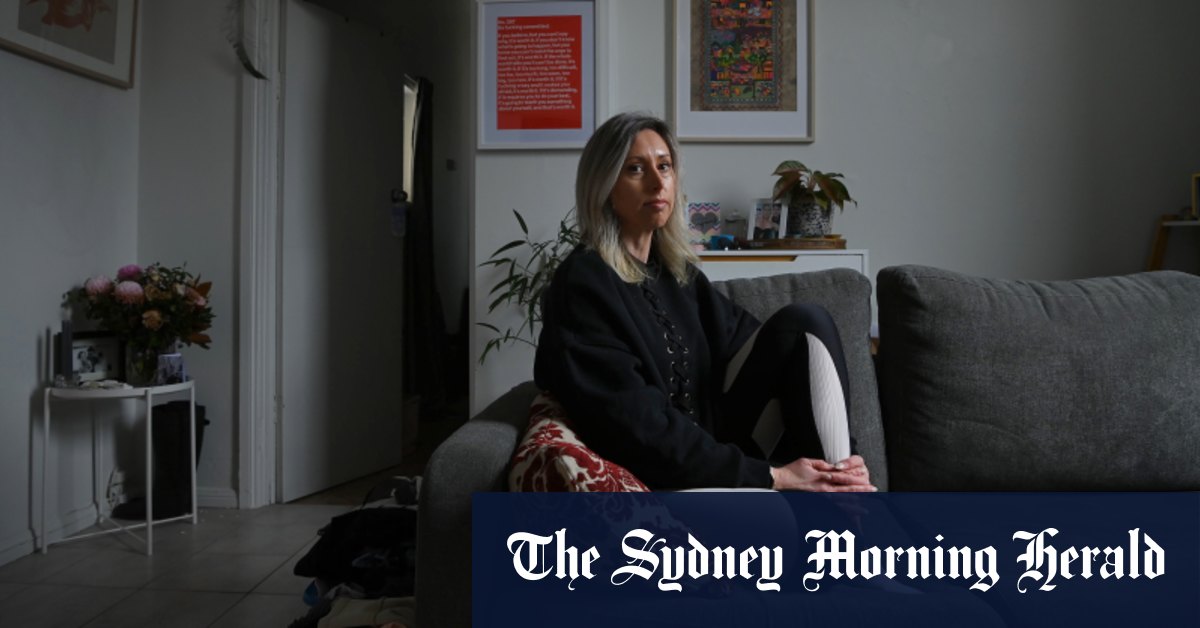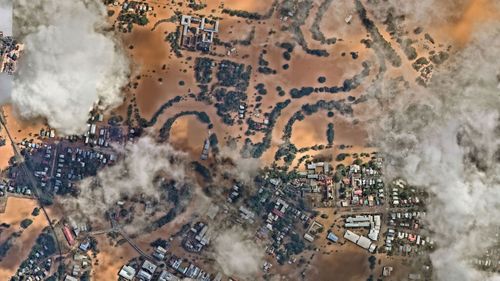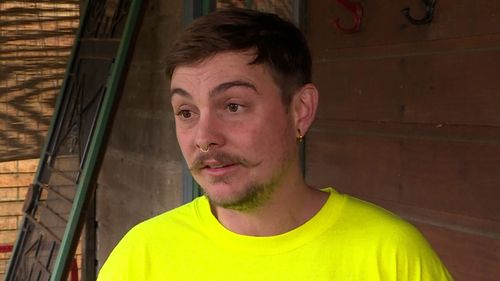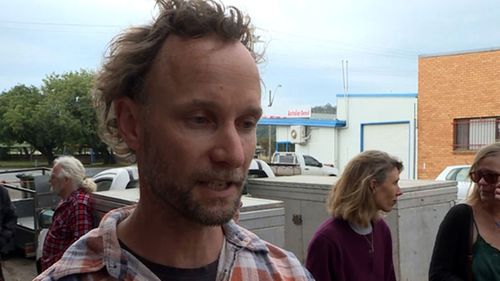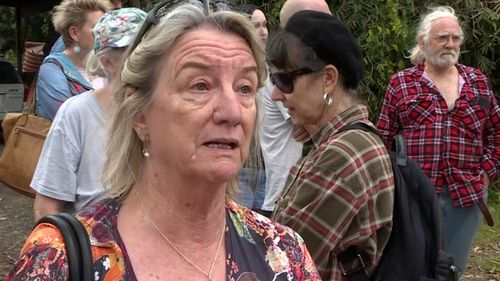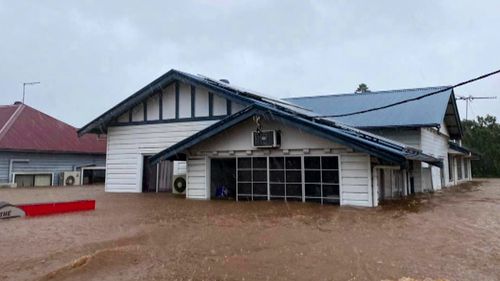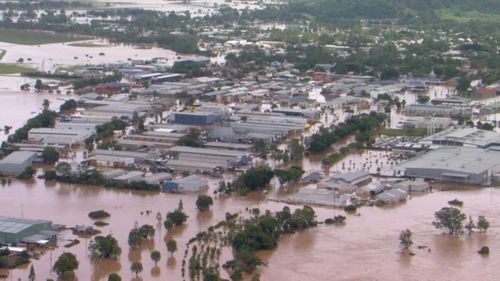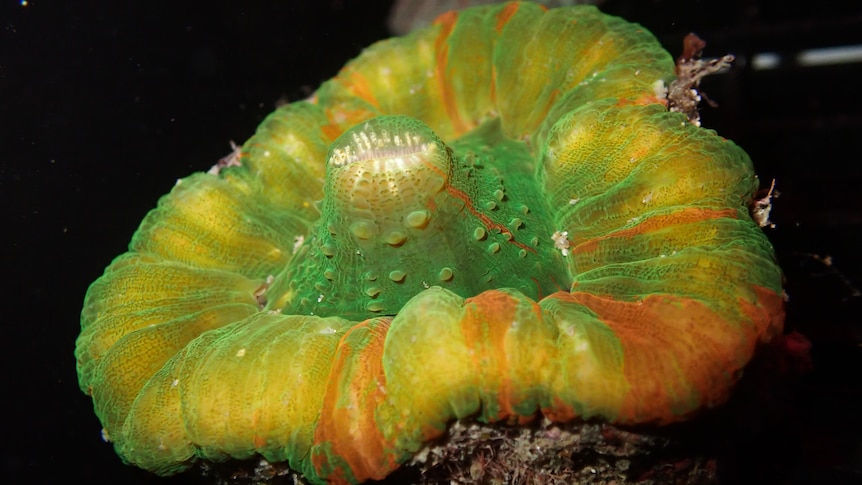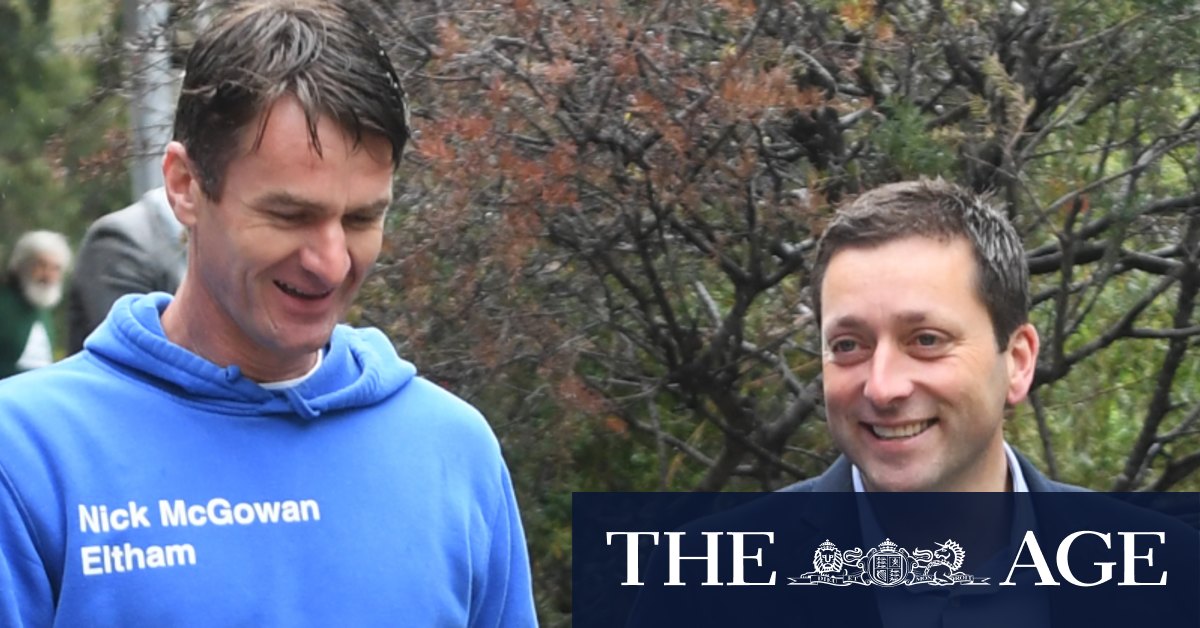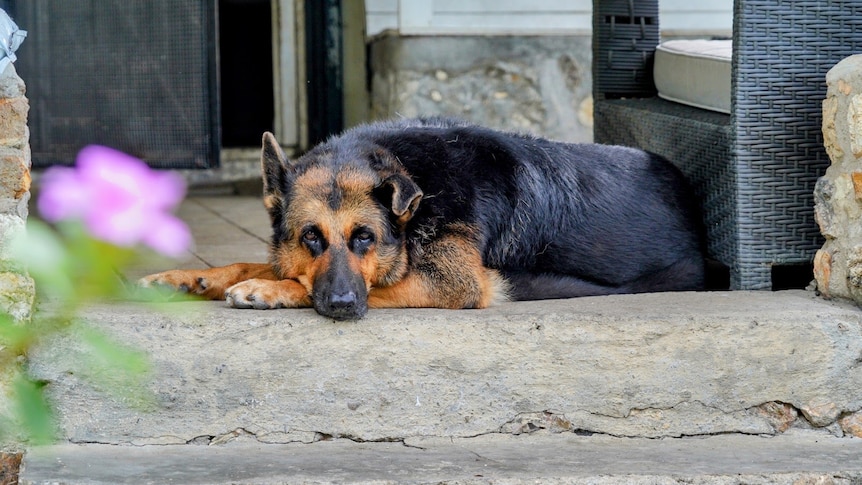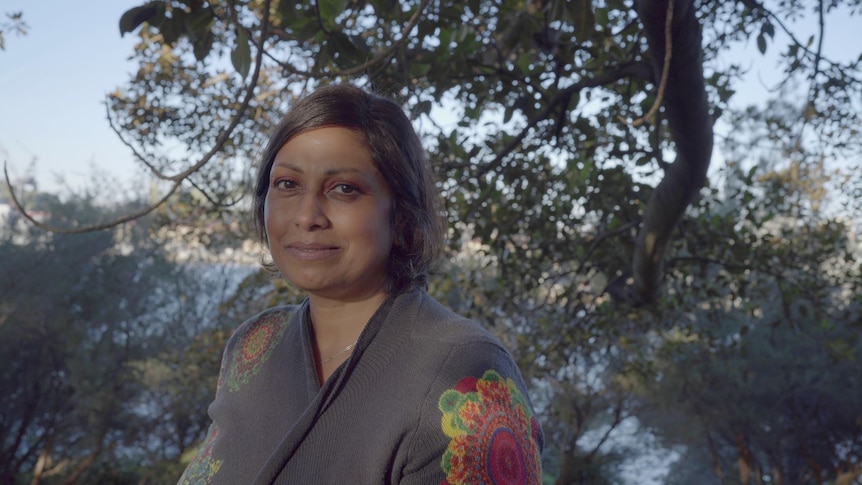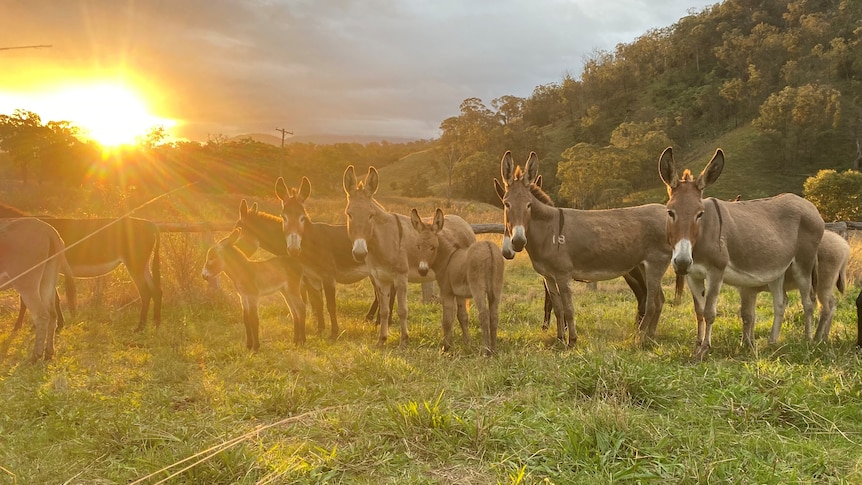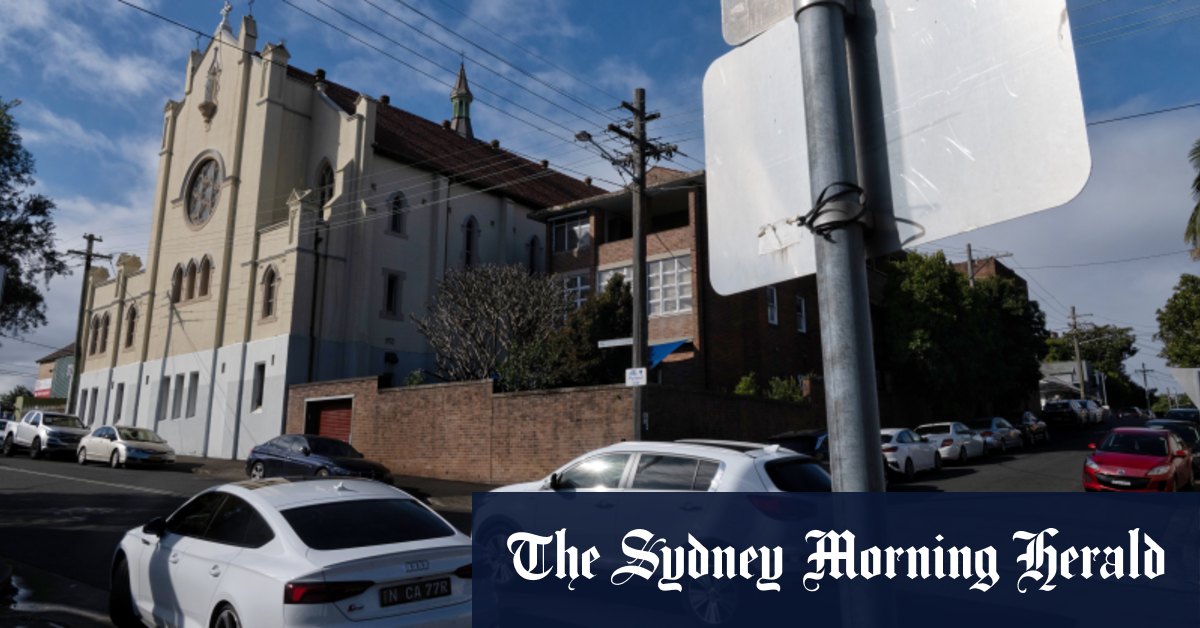Cassandra Kalpaxis, a lawyer specializing in collaborative divorce, said the rise in divorce coaching was a sign that people want to do things differently and aspire to what Gwyneth Paltrow called “conscious uncoupling” back in 2014.
While Kalpaxis said some coaches do “amazing work”, she “holds concerns about people emerging in the industry who don’t have the necessary qualifications” or who can’t work collaboratively with other professionals.
Kalpaxis runs regular “Detox Your Divorce” retreats for women, though in her legal practice she sees both male and female clients. The retreats include yoga, pilates and sessions on nutrition, sleep and personal finance.
Relationships Australia NSW chief executive Elisabeth Shaw said the rise of coaching was not surprising, given the ramifications of a poor separation.
“In a commercial environment, that could look like a business opportunity,” she said.
Shaw said the plus side of life coaching and counseling being unregulated was that it made it easy for people with aptitude and life experience to mentor others. The downside was that there was no guarantee of quality and in the case of divorce and separation, the clients were vulnerable. Shaw encouraged prospective clients to ask about qualifications.
Mitchell’s divorce coach Carla Da Costa, based in Perth but with online clients around Australia, was certified through the Beautiful You Coaching Academy, which she says is large and well established.
But Da Costa said her main qualification is lived experience, which means she intimately understands the “grief, fear and shame” involved in separation.
loading
“When I went through my own divorce in 2016, there was nothing like this, so I had to find my own way through this kind of emotional process,” Da Costa said. “I’ve accidentally become the coach I needed five years ago.”
Da Costa said she would refer to psychologists or counselors when clients were trapped in pain and grief, and to lawyers or mediators when they were seeking very practical advice.
Similarly, Melbourne-based Tamir Berkman, who makes himself the Divorce Cowboy, said he became a coach after his own separation.
“Lived experience is becoming more and more of a qualification – even in psychologist circles, the awareness of lived experience is really growing,” Berkman said.
“What I hear from my clients in the field is that men aren’t interested in qualifications – some of them are telling me ‘hey, I’ve got a psychologist, but they’ve been married for 45 years, so they don’ I don’t know where I’m coming from’.”
Berkman is training in equine-assisted learning but is not yet qualified. Meanwhile, he offers what he calls a “walk and talk” that gets men out in the paddock with the horses without calling it therapy. However, most of his business is online over Zoom.
Berkman said he was alarmed by the suicide rates for men, many of whom had experienced family separation. Official statistics show 8.6 people die by suicide every day, and 75 per cent of them are men.
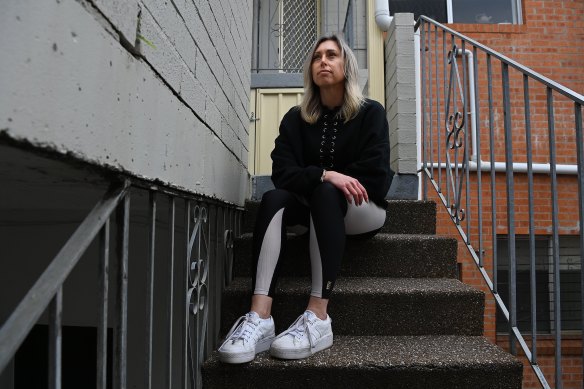
Cristy said she initially used a counsellor, but found a divorce coach could help plan for the future. Credit:Kate Geraghty
This is a concern shared by charity Parents Beyond Breakup, which is seeking funding to make its suicide helplines operational 24 hours a day, seven days a week.
Over the two years from July 2020 to July 2022, the combined number of calls to the charity’s Dads in Distress or Mums in Distress helplines and attendances at peer support groups increased by 110 per cent.
Parents Beyond Breakup chief executive Gillian Hunt said parents going through separation could lose daily access to their children, their social networks, their reputation and ‘purpose’ as a parent, access to their family home, and become financially distressed.
“Each one of these factors alone is a pre-cursor to a potential suicide, yet family breakdown with children is the one life event in which all occur together, sometimes unexpectedly, and there is precious little, if any, support for many of them ,” she said.
Hunt said 85 per cent of clients were men because mothers were more commonly awarded custody in court. Another 10 per cent were women – who often carried additional shame and stigma for not being awarded custody – and 5 per cent were grandparents.
Parents Beyond Breakup (Monday to Saturday 8.30am-5pm): 1300 853 437; Lifeline (24 hours): 13 11 14
The Morning Edition newsletter is our guide to the day’s most important and interesting stories, analysis and insights. Sign up here.
